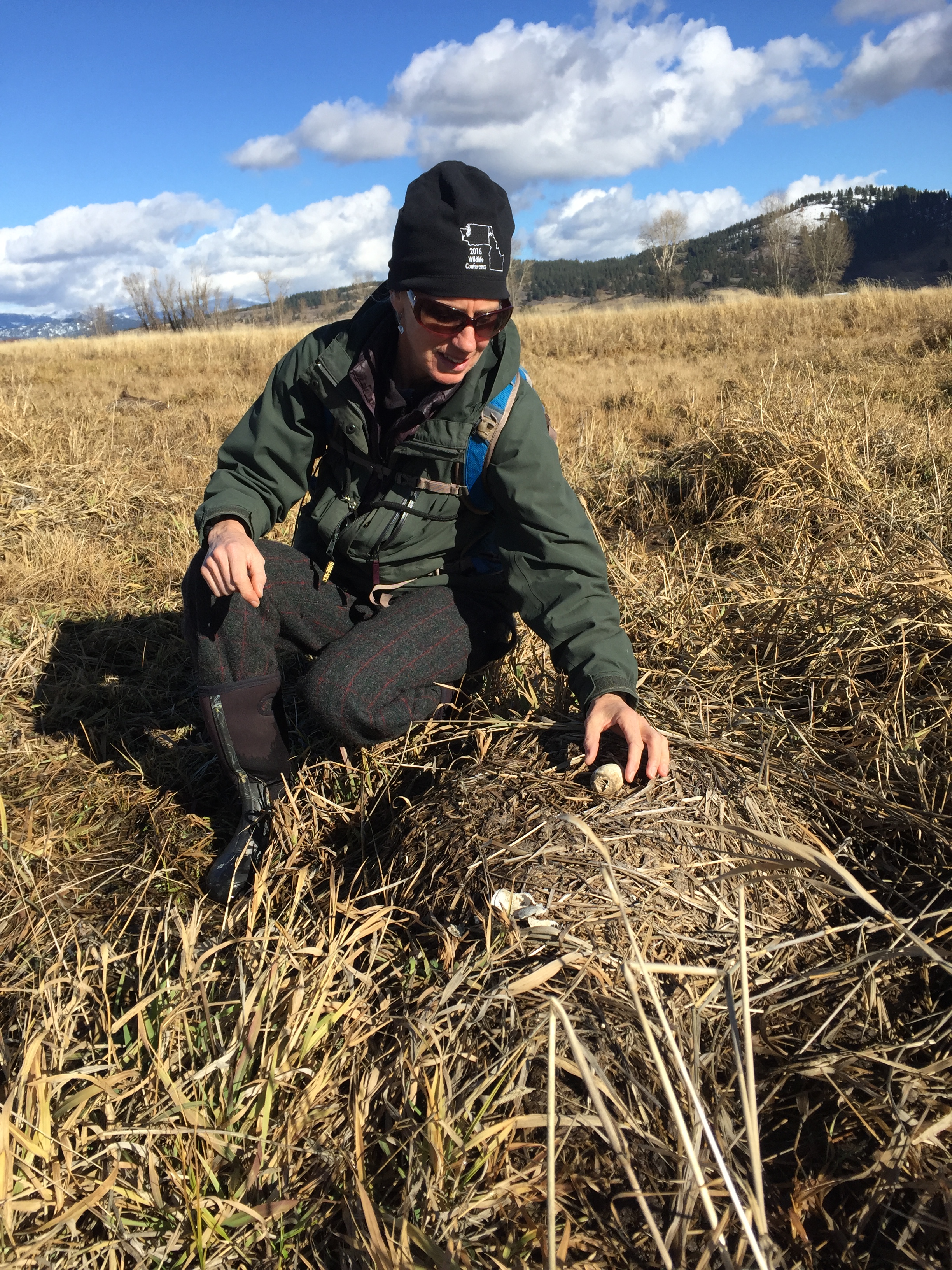Western Grebes are a Species of Greatest Conservation Need in Idaho, and Lake Cascade supports the largest number of nesting Western Grebes in the state. They travel here in spring and wait for Lake Cascade to fill with runoff before they build their nests in protected shallow water. Grebes are front heavy and can’t walk on land easily like a duck can. They need to swim to their nests. Nests are built from the bottom up with grasses and emergent vegetation until a platform appears above the surface of the water. Grebes nest close to each other, and the colony radiates out from the center with some nests less than a foot apart. Like many birds, disturbance during the nesting season could expose eggs to excessive heat, cold, or predators. To avoid this risk, IDFG biologists enter the colony long after the grebes have moved off with their chicks to open water. By then the receding water has exposed their nests as large grassy mounds. Knowing how many nests were built each year is important to understanding how the population is faring. For example, we counted 1,278 nest structures in this year’s colony. Back in August we counted 509 broods of young grebes on the water. That’s a good ratio and shows that many nests were successful this year, unlike the past 5 years when very few chicks were observed. By comparing grebe counts on the water to counts of nests each year, we can determine if nesting success is good or poor, identify reasons why nests fail in poor years, and explore management options.



